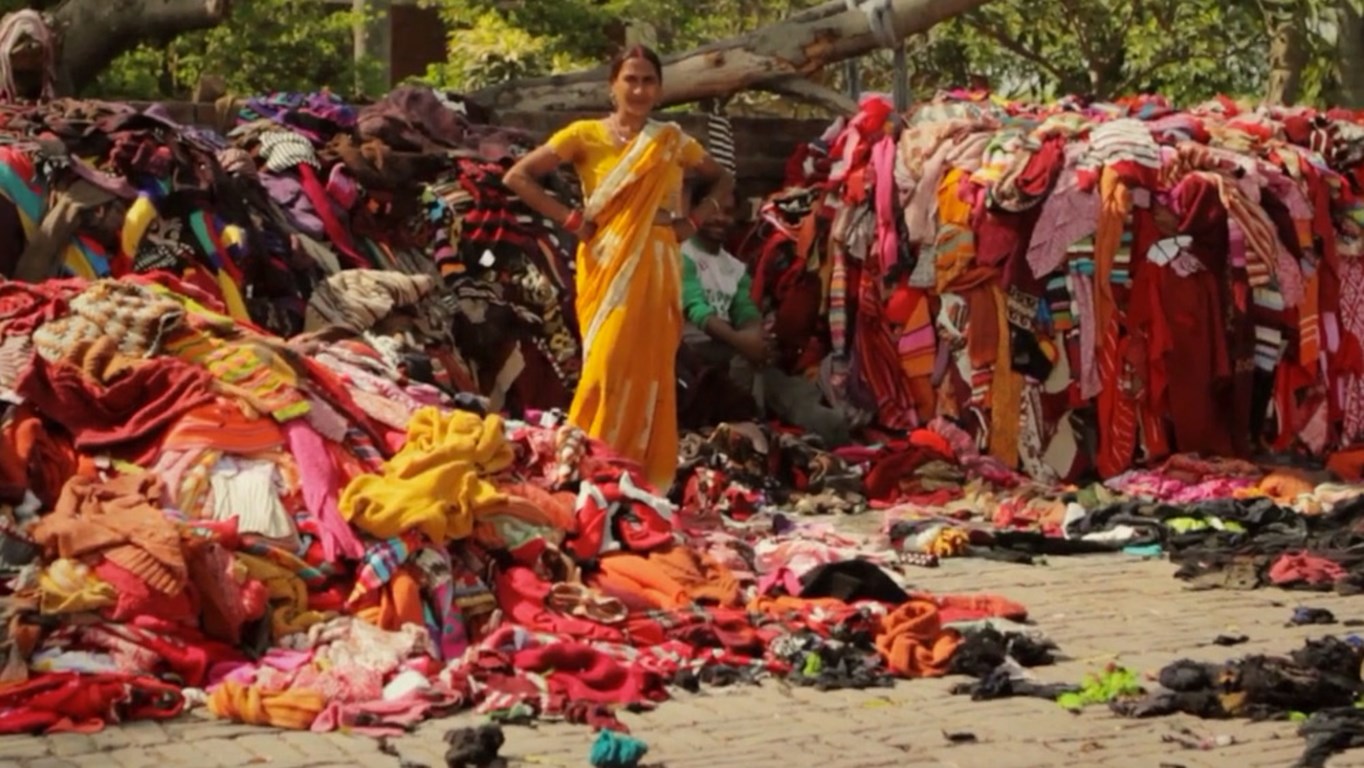The ill effects of globalization
April 26, 2017 | Expert Insights

What is the fate of the Indian textile industry?
Increasing economic integration has resulted in higher interdependency resulting in economic and social benefits. However, it hasn’t been beneficial for all the emerging economies especially the textile industry. The expiry of the WTO Agreement on Textile and Clothing in 2004, which safeguarded the developing countries by quota restrictions on imports, opened the industry to global markets. By 2010, 177 textile mills were shut in India.
As international companies plan on expanding stores, what will the domestic implication be?
Impact on Labour Laws
The entry of international companies on domestic workers have resulted in “intensive exploitation and abuse”.
Labour arbitrage has attracted international companies to developing countries. Though National Floor Level of Minimum Wage is $2.34/day, sweatshops violate international labour laws. Payment of wage below skill level, denial of legally stipulated over time rates and squalid working conditions have led to incidents like the vandalism of the H&M production line in Myanmar on 7th March 2017. The collapse of the Rana Plaza in Bangladesh in 2013 leaving 1,129 workers dead is an example of the same.
Women at manufacturing industries are denied maternity leave and are forced to take birth control. They are constant victims of sexual abuse and humiliation.
Child labour Prohibition and Regulation Act prohibits occupation of children below 14 years of age. However, while H&M claims to follow a strict policy against child labour by not associating with manufactures accused of it, children were found working at their manufacturing units in India.
Economic Implications
Fast-fashion companies have optimised supply chains as result of outsourcing and offshoring thereby enjoying economies of scale. They enter commercial agreements with countries who can reduce their manufacturing costs and time by almost half.
Labour intensive countries like Bangladesh with lower wages are at a comparative advantage for they can provide cheaper services and meet the requirement of the international companies. This has reduced India’s exports from $37.14 billion in 2015 to $35.26 billion in 2016.
Predatory pricing and dumping of goods into developing countries only worsens the situation. By making domestic prices relatively costlier this creates a glut and accumulation of stocks which eventually results in shutting down of factories.
Assessment
As the Indian market is likely to reach $200 billion by 2050, if manufacturers are incapable of adopting the policy of price competitiveness, their share in the market might reduce from present 64%.
Also, by focusing on specific demands of the population, the industry will be able to direct its resources and find a niche in the market for its products instead of manufacturing goods that are already provided by international suppliers.
NGOs in collaboration with individuals with private labels can initiate training women and launch affordable apparels in the form of social businesses to counter the competition.
The Indian government will have to take a stronger stance against dumping and predatory pricing to complement its efforts of subsidies, protection policies and tax incentives on exports. Unless steps are taken to protect the domestic market and strict regulatory policies regarding the conditions of the workers are taken, the industry will have to face the brunt of the fall.








Comments